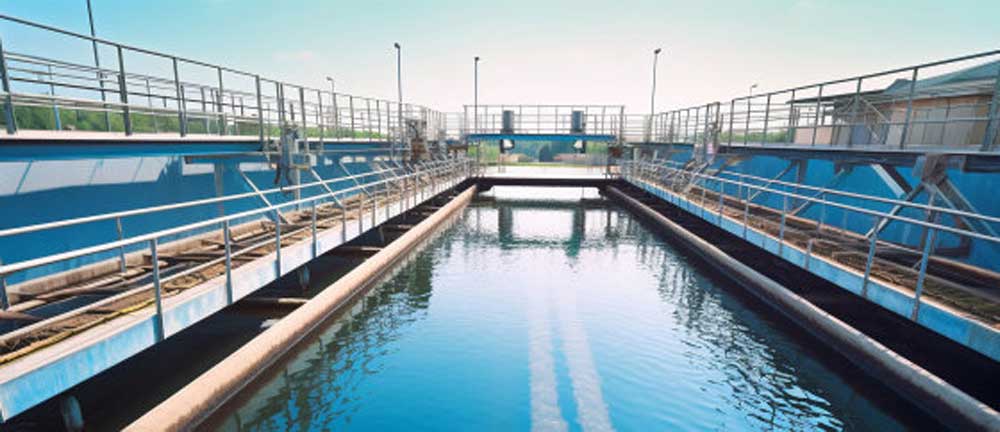KullanarakKalsiyum HipokloritSuyu dezenfekte etmek, kamp gezilerinden temiz suyun kıt olduğu acil durumlara kadar çeşitli durumlarda uygulanabilen basit ve etkili bir yöntemdir. Genellikle toz halinde bulunan bu kimyasal bileşik, suda çözündüğünde klor açığa çıkararak bakteri, virüs ve diğer zararlı mikroorganizmaları etkili bir şekilde öldürür. İşte kalsiyum hipokloritin suyu dezenfekte etmek için nasıl doğru şekilde kullanılacağına dair adım adım bir kılavuz:
Doğru Konsantrasyonu Seçin:Kalsiyum hipoklorit, genellikle %65 ila %75 arasında değişen çeşitli konsantrasyonlarda mevcuttur. Daha yüksek konsantrasyonlar, istenen dezenfeksiyon seviyesine ulaşmak için daha az ürün gerektirir. İhtiyaçlarınıza uygun konsantrasyonu seçin ve seyreltme için üreticinin talimatlarını izleyin.
Çözümü Hazırlayın:Kimyasalla doğrudan teması önlemek için eldiven ve koruyucu gözlük gibi koruyucu ekipman giyerek başlayın. Temiz bir kaba, önerilen doza göre uygun miktarda kalsiyum hipoklorit tozu ekleyin. Genellikle bir çay kaşığı kalsiyum hipoklorit (%65-70 konsantrasyon), 5-10 galon suyu dezenfekte etmek için yeterlidir.
Tozu Eritmek:Kalsiyum hipoklorit tozunu az miktarda ılık suya yavaşça ekleyin ve çözünmesini kolaylaştırmak için sürekli karıştırın. Sıcak su kullanmaktan kaçının, çünkü klorun daha hızlı dağılmasına neden olabilir. İşleme başlamadan önce tozun tamamen çözündüğünden emin olun.
Stok Çözümü Oluşturun:Toz tamamen çözündükten sonra, çözeltiyi dezenfekte etmeyi planladığınız suyla dolu daha büyük bir kaba boşaltın. Bu, daha düşük klor konsantrasyonuna sahip bir stok çözeltisi oluşturarak suyun her yerine eşit şekilde dağılmasını kolaylaştırır.
İyice Karıştırın:Stok solüsyonunun iyice karışmasını sağlamak için suyu birkaç dakika boyunca kuvvetlice karıştırın. Bu, klorun eşit şekilde dağılmasına yardımcı olarak zararlı mikroorganizmaları öldürmedeki etkinliğini en üst düzeye çıkarır.
İletişim Süresini Belirleyin:Karıştırdıktan sonra, klorun suyu etkili bir şekilde dezenfekte edebilmesi için suyu en az 30 dakika bekletin. Bu süre zarfında klor, suda bulunan patojenlerle reaksiyona girerek onları etkisiz hale getirecektir.
Kalan Klor Testi:Temas süresi dolduktan sonra, sudaki kalıntı klor seviyelerini kontrol etmek için bir klor test kiti kullanın. Dezenfeksiyon amacıyla ideal kalıntı klor konsantrasyonu 0,2 ila 0,5 ppm arasındadır. Konsantrasyon çok düşükse, istenen seviyeye ulaşmak için ilave kalsiyum hipoklorit çözeltisi eklenebilir.
Suyu Havalandırın:Dezenfeksiyondan sonra suda güçlü bir klor kokusu veya tadı varsa, havalandırılarak bu durum iyileştirilebilir. Suyu temiz kaplar arasında ileri geri dökmek veya birkaç saat havaya maruz bırakmak, klorun dağılmasına yardımcı olabilir.
Güvenli bir şekilde saklayın:Su dezenfekte edildikten sonra, tekrar kirlenmesini önlemek için temiz ve sıkıca kapatılmış kaplarda saklayın. Kapların üzerine dezenfeksiyon tarihini yazın ve makul bir süre içinde tüketin.
Bu adımları izleyerek, kalsiyum hipoklorit kullanarak suyu etkili bir şekilde dezenfekte edebilir ve içme ve diğer amaçlar için güvenli hale getirebilirsiniz. Kimyasalları kullanırken her zaman dikkatli olun ve kaza veya yaralanmaları önlemek için güvenlik talimatlarına uyun.
Gönderim zamanı: 10 Nis 2024


